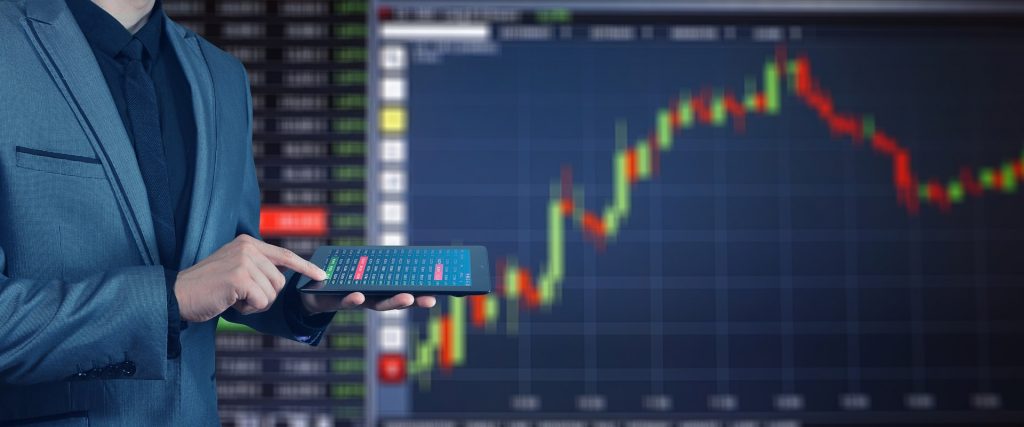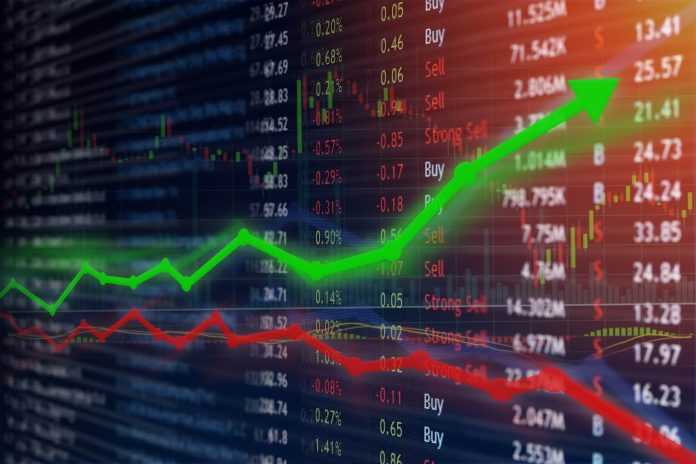In our previous article to understanding the world’s stock markets we looked at what happens to share prices when a company reports its earnings and other business particulars including forward outlook.
Yet there are other things that can make share prices move and one of these is the direction and level of interest rates.

Current interest rates
Interest rates across the globe and certainly in the U.S., U.K., Germany, Japan and most developed countries are at all time lows of around zero per cent, and have been for a very long time.
Indeed people born into the current generation can hardly remember a time when interest rates were above four or five per cent, and even that level is considered low by historical standards.
But there have been times in the not too distant past when the norm has been above that, with rates often bouncing between 5 and 8 percent occasionally reaching double digits.
Interest rates are usually hiked at times when there is inflation to offset the losses of holding depreciating cash. This helps to bolster confidence in the currency and stops runaway or hyperinflation.
The opposite scenario is deflation where money retains its spending power and prices actually drop. This can be seen as an equally strong but opposite negative to hyperinflation.
Japan is a good example of an economy that has been battling deflation for decades. The answer is to bring interest rates to very low levels and also to print more money. A lack of inflation has also been evident in most other developed countries and similar techniques have been employed.
Low interest rates make holding cash a losing proposition and so most people turn to stocks where they can borrow a lot of money cheaply and can get a real return from dividends that are higher than the prevailing interest rate.
This has the effect of inflating stock prices to very expensive levels, but as long as the interest rates stay low the high stock prices can be maintained.
Future interest rates
However, the party could well end at some time. The probability of inflation returning when aggressive monetary easing policies are in force is high.
Thus markets are very keen to know when the easy money will stop flowing. In the U.S. every word of the Federal Reserve Chairman’s monthly review is carefully judged and stocks can move quite sharply one way or the other depending on the monetary stance of the central bank.
Currently, the Federal Reserve seems keen not to take away the punch bowl, but the longer it waits, then potentially the larger the bubble will be, and it may burst in spectacular fashion. History repeats itself almost every generation. One experienced and older trader remarked that the game was the same, just played by different people.
Since stock prices are effectively discounting future events, then any news about interest rates is keenly watched. The U.S. Federal Reserve has stated that it is waiting to see full employment (whatever that means) and sustained higher average inflation before ending its zero percent interest rate policy and moving interest rates higher, potentially back to historical norms.
Thus you can certainly see stock prices in the U.S. and elsewhere move when news releases pertaining to the Federal Reserve’s mandate come out. These may be measures of inflation such as the Consumer Price Index, Purchaser Managers Index, or Producer Price Index. Or it could be employment data as reported by the monthly Non Farm Payrolls release and the weekly initial jobless claims numbers.
Movements of stock prices can be quite sharp and these may have nothing to do with a particular company’s activities, but more to do with the outlook for interest rates.
Some traders consider stock prices to be very expensive, but others argue that compared to the zero percent return on cash even modest dividends make stocks a good investment.
So far the latter group has been proved correct with expensive stock prices going up and up and up and simply becoming even more expensive.
The concern for some however, is that if inflation starts to ramp up suddenly and persistently, it could present the stock markets with a problem going forward.
If interest rates rise in response, then the return on cash will be more appealing and stable than the dividend return on stocks and stock prices will likely start to fall.
Typically stock markets double every 20 years. But there have been plenty of exceptions.
Japans stock market was trading at around 40,000 points in the mid 1980s. It fell to 8,000 points 20 years later and even today, nearly 40 years since the peak the market, it has not yet exceeded its 1980’s high, standing at around 28,000 points.
In Thailand the market hit its high in 1998 and is still down some 20 per cent from that high even today in 2021.
Yet In the U.S. stock markets have almost tripled in less than 10 years.
All this means that although you can size up an individual company for its business outlook, other factors are at play.
It is worth keeping an eye on the interest rate outlook since the next move could be a surprise one.









